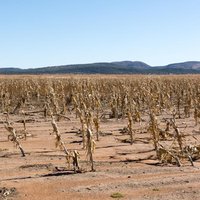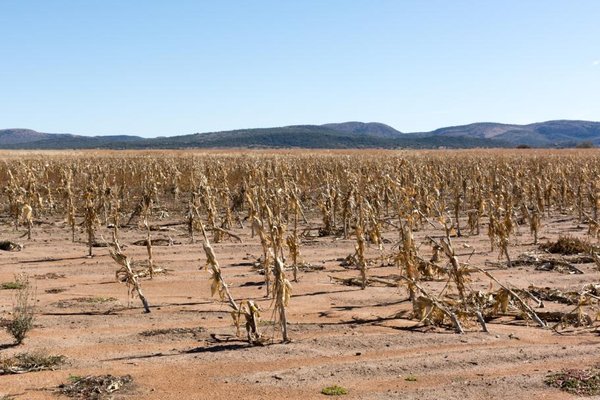New research highlights how rising temperatures are causing wetlands to emit increased levels of methane as the delicate microbial balance in wetland soils shifts. Wetlands are both carbon sinks and the largest natural sources of methane, a greenhouse gas with about 80 times the warming power of carbon dioxide over 20 years. In wetland soils, specialized microbes compete to produce and consume methane, regulating the gas's release into the atmosphere.
According to a recent study, when temperatures rise, the activity of methane-producing microbes accelerates, while the microbes that consume methane struggle to keep pace. This imbalance leads to a spike in methane emissions from wetlands. The findings were demonstrated in field experiments where soil temperatures were increased, mimicking projected global warming scenarios, and indicated a dramatic boost in methane output under hotter conditions.
Researchers observed that microbes capable of removing methane could reduce its emissions by only about 12% under normal conditions, but their efficiency dropped as temperatures climbed. In particularly warm and low-salinity environments, methane emissions from wetlands surged the most, suggesting that freshwater wetlands under hotter and wetter conditions are especially prone to higher methane release.
This emerging trend is significant since methane accounts for nearly 19% of global warming. The study underscores the importance of understanding natural methane sources when setting emissions targets to address climate change. Without accurate accounting of these rising natural emissions, climate mitigation strategies may fall short of their goals.
Recent Environment Articles
Kinshasa Faces Deadly Floods Every Two Years as Climate Intensifies Rainfall
A new study finds Kinshasa could now experience deadly flooding from extreme rainfall every two years due to intensified climate …
Climate Disaster in Kinshasa: Deadly Floods Now Expected Every Two Years
Scientists warn that Kinshasa's recent deadly floods that killed 33 people could become a biennial occurrence due to climate change, …
Federal Judge Orders Florida to Act on Pollution Crisis Behind Manatee Deaths
A federal judge has ordered Florida to address water pollution in the Indian River Lagoon, finding it responsible for manatee …
Severe Drought Crisis in Africa Deepens, Threatening Widespread Hunger and Food Shortages
Severe drought is intensifying across Africa, causing catastrophic crop failures and hunger as millions face worsening food insecurity and relief …
Trump Accelerates Deep-Sea Mining, Igniting Global Debate over Environment and Law
President Trump’s new order fast-tracks deep-sea mining for critical minerals, raising concerns about environmental damage and international legal disputes.

Kinshasa Faces Deadly Floods Every Two Years as Climate Intensifies Rainfall
A new study finds Kinshasa could now experience deadly flooding from extreme rainfall every two …

Climate Disaster in Kinshasa: Deadly Floods Now Expected Every Two Years
Scientists warn that Kinshasa's recent deadly floods that killed 33 people could become a biennial …

Federal Judge Orders Florida to Act on Pollution Crisis Behind Manatee Deaths
A federal judge has ordered Florida to address water pollution in the Indian River Lagoon, …

Severe Drought Crisis in Africa Deepens, Threatening Widespread Hunger and Food Shortages
Severe drought is intensifying across Africa, causing catastrophic crop failures and hunger as millions face …





